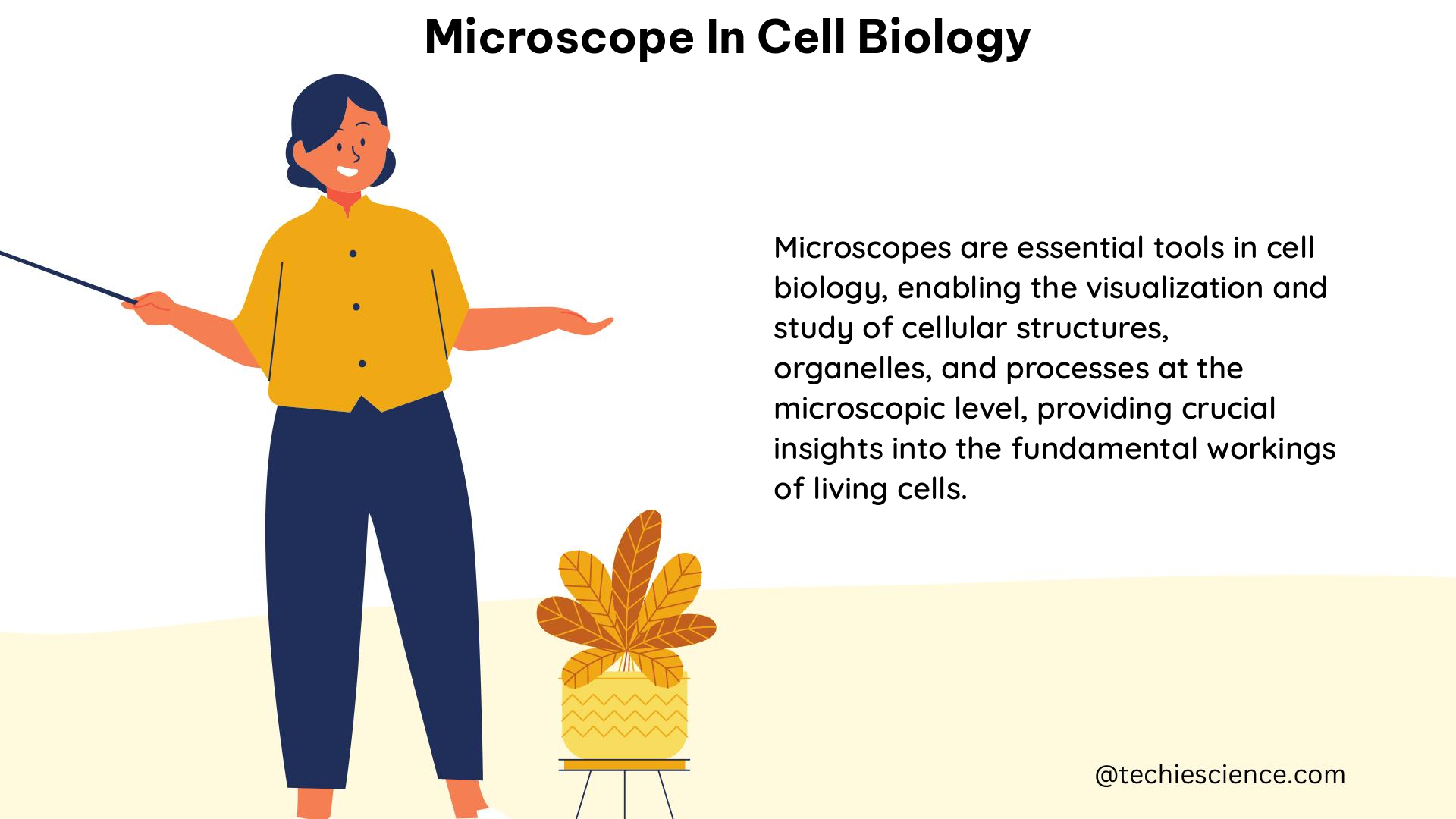The microscope is an indispensable tool in the field of cell biology, enabling researchers to visualize and analyze the intricate structures and functions of cells and their components. From brightfield microscopes to fluorescence microscopes and electron microscopes, each type of microscope offers unique capabilities and specifications that can significantly impact the quality and nature of the data obtained.
Understanding the Fundamentals of Microscopy
Resolution and Numerical Aperture (NA)
One of the critical parameters in microscopy is the resolution, which is the ability to distinguish two nearby points as separate. The resolution is limited by the wavelength of light used and the numerical aperture (NA) of the objective lens. The NA is a measure of the light-gathering ability of the lens and is determined by the angle of acceptance of the lens. A higher NA results in a higher resolution.
The relationship between resolution (R), wavelength (λ), and numerical aperture (NA) is given by the Abbe diffraction limit equation:
R = 0.61 × λ / NA
For example, a 100x oil immersion objective lens with an NA of 1.4 has a resolution of approximately 200 nm, while a 40x objective lens with an NA of 0.6 has a resolution of approximately 500 nm.
Magnification and Field of View
Another important parameter in microscopy is the magnification, which is the ratio of the size of the image to the size of the object. The magnification is determined by the objective lens and the eyepiece. For instance, a 100x objective lens with a 10x eyepiece results in a total magnification of 1000x.
The magnification affects the field of view, which is the area of the sample that can be seen at once. A higher magnification results in a smaller field of view, while a lower magnification results in a larger field of view. This trade-off between magnification and field of view is an essential consideration when selecting the appropriate objective lens for a particular application.
Fluorescence Microscopy

In fluorescence microscopy, the excitation and emission wavelengths of the fluorophores used are critical parameters. The excitation wavelength is the wavelength of light used to excite the fluorophore, while the emission wavelength is the wavelength of light emitted by the fluorophore.
The excitation and emission wavelengths are determined by the properties of the fluorophore and the filters used in the microscope. For example, GFP (Green Fluorescent Protein) has an excitation peak at 488 nm and an emission peak at 509 nm. The use of filters that match the excitation and emission wavelengths of the fluorophore is essential to obtain a strong and specific signal.
The intensity of the fluorescence signal is also critical in fluorescence microscopy. The intensity is determined by the number of fluorophores, the excitation power, and the efficiency of the detection system. The intensity affects the signal-to-noise ratio, which is the ratio of the signal strength to the background noise. A higher signal-to-noise ratio results in a clearer and more accurate image.
Live-Cell Microscopy
In live-cell microscopy, the phototoxicity and photobleaching are critical factors. Phototoxicity is the damage caused to the cells by the excitation light, while photobleaching is the loss of fluorescence signal due to the exposure to light. The use of low excitation power and the optimization of the detection system can minimize these effects.
To minimize phototoxicity and photobleaching, researchers can employ techniques such as:
– Reducing the excitation light intensity
– Optimizing the exposure time and frame rate
– Using more photostable fluorophores
– Implementing adaptive optics to correct for aberrations
Microscope Alignment and Calibration
In addition to the parameters mentioned above, the microscope must be properly aligned and calibrated to obtain accurate and reproducible data. The calibration includes the measurement of the magnification and the correction of the chromatic aberration, which is the difference in the refractive index of light of different wavelengths.
Proper alignment and calibration ensure that the microscope is functioning at its optimal performance, providing reliable and consistent results. This is particularly important when comparing data across different experiments or when using the microscope for quantitative analysis.
Conclusion
The microscope is a complex instrument with many parameters that can affect the quality and type of data obtained in cell biology research. Understanding the fundamentals of microscopy, including resolution, magnification, fluorescence, live-cell imaging, and microscope alignment and calibration, is crucial for researchers to make informed decisions and obtain accurate and meaningful data.
By mastering the intricacies of microscopy, cell biologists can unlock the full potential of this powerful tool, enabling them to unravel the mysteries of cellular structure and function with unprecedented precision and clarity.
Reference:
- Made to measure: an introduction to quantification in microscopy data (https://arxiv.org/pdf/2302.01657)
- Live-cell microscopy – tips and tools (https://www.feinberg.northwestern.edu/sites/cam/docs/learning-resources/live-cell-microscopy-tips.pdf)
- An introduction to quantifying microscopy data in the life sciences (https://onlinelibrary.wiley.com/doi/10.1111/jmi.13208)

The lambdageeks.com Core SME Team is a group of experienced subject matter experts from diverse scientific and technical fields including Physics, Chemistry, Technology,Electronics & Electrical Engineering, Automotive, Mechanical Engineering. Our team collaborates to create high-quality, well-researched articles on a wide range of science and technology topics for the lambdageeks.com website.
All Our Senior SME are having more than 7 Years of experience in the respective fields . They are either Working Industry Professionals or assocaited With different Universities. Refer Our Authors Page to get to know About our Core SMEs.